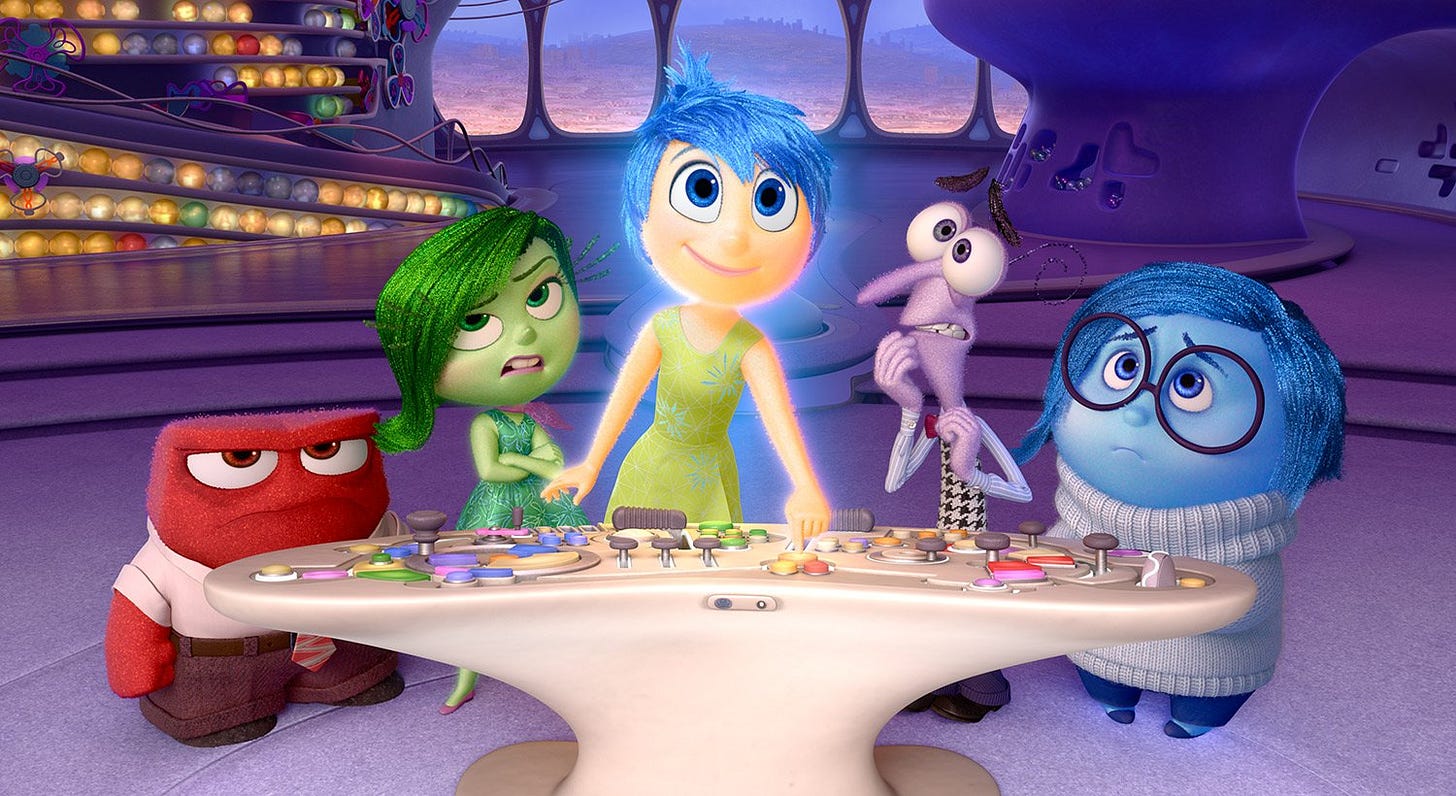The myth of object permanence and the construction of cognitive competencies
Everyone knows that young infants lack object permanence and this is why they enjoy peekaboo games. Eventually, infants develop object permanence, and they maintain it into and throughout adulthood. But object permanence is a myth—you don’t have it, and infants don’t lack it. The case of object permanence is interesting because it tells us a lot about what people think cognitive competencies are, what they really are, and why collective intelligences have unexpected competencies—competencies you can’t see just by looking at the system without actually testing it.
Object permanence is an idea that came out of Jean Piaget’s experiments on the A-not-B error. This is an error in which young infants are given an opportunity to find a toy under an opaque box (box A). After doing so, the infant watches as the experimenter takes the toy and places it under a different opaque box (box B). Surprisingly, the infant searches for the toy again at box A, not box B—hence the A-not-B error.
Piaget hypothesized that the A-not-B error occurs because infants have an egocentric bias, basically causing them to think that the toy appears wherever they search for it. Only later do they develop object permanence and understand that the toy is wherever it was last placed, even if it is out of sight.
The object permanence hypothesis simply doesn’t hold up to the evidence. First, it was only ever a guess. Even though the idea of object permanence has become part of general knowledge, there was never any evidence specifically supporting it. Second, the A-not-B error that the object permanence hypothesis is based on was replicated using transparent boxes. Even when infants can see where the toy is, they still reach to the wrong box, showing that the error can’t be attributed to a belief that the toy loses permanence when out of sight. Third, there’s plenty of evidence that young infants are surprised by objects that are manipulated to appear to violate object permanence.
So do infants have object permanence after all? No—object permanence as a thing was just a wrong guess all along. Infants don’t lack it, but adults don’t have it either. So what’s going on?
We typically think of cognition as a kind of stored set of mental abilities, like the ability to speak English or do arithmetic is just sitting around in your brain, waiting to be accessed. But humans are an unconventional intelligence—we don’t have stored mental abilities. Instead, competencies are assembled: they are built out of components coordinated in such a way as to achieve a larger goal than any are capable of on their on. For example, to make an X with your arms, you don’t need a special X-making ability stored in your brain somewhere. You just need to be able to make a diagonal with one arm and a diagonal in front of it going the other way with your other arm.
Infants appear to lack object permanence because they sometimes have trouble assembling motor behaviors that resist old attractors in favor of new ones constructed by more recent perceptual data. Adults appear to have object permanence because they can consistently assemble the relevant behaviors even when the environment is very challenging. In general, when we say that someone “has” a competency, what we really mean is that they can consistently assemble the competency in varied circumstances. Related results on arithmetic show that whether young children “have” arithmetic knowledge depends on seemingly irrelevant factors like their posture, whereas adults can stably construct arithmetic in many circumstances.
Object permanence is far from the only example of a competency that no one has or doesn’t have but can or can’t assemble more or less reliably. For many years, basic emotions theorists thought that most people come equipped with a set of “basic emotions” associated with dedicated circuits in the brain.
However, evidence has accumulated against this theory, much of which is summarized in Lisa Feldman Barrett’s How Emotions Are Made. Her alternative, the theory of constructed emotion, says that emotion, just like motor behavior and object permanence, doesn’t have a dedicated mental process or ability associated with it. It’s just an ability the system is able to construct, or assemble, when the circumstances, both internal and external, are right. Even abilities like behavioral reflexes aren’t stored in the brain waiting to be deployed; it’s assembly even then, just really fast assembly. All actions begin as memories, and memories aren’t stored; they’re constructed.
The fact that cognitive competencies are assembled in the moment based on the task rather than stored in the brain waiting to be called upon helps to explain why the competencies of collective intelligences so often surprise us. It’s simply because the competencies are not there like words in a book waiting to be read out by an observer. Instead, the competencies are constructed out of components based on the task. It’s hard to predict all of the ways in which the components can relate to each other to solve problems for the same reason it’s hard to predict that sugar and eggs and flour combined with heat will turn into a cake until you see it happen. These competencies aren’t even hidden, as in, hard to find but waiting to be discovered. They don’t exist until they’re built in the moment—although they may be swiftly and consistently assembled by the memories.
In general, observing a cognitive competency doesn’t mean that there’s a mental process dedicated to that competency, as Lisa explains here. The result of a system built this way is a highly organic and adaptable one, able to use its components to produce varied and novel solutions to varied and novel problems. However, it also makes for a system that is highly opaque to outsiders—we can’t tell what the system can do until we see it in action.


